I have accumulated a big, beautiful pile of rejection letters over the years. I believe the more rejection letters you get, the easier it is to let them roll off your back and keep writing. But what really makes my pile beautiful is that I have identified some interesting patterns in the comments.
After submitting an animal poetry collection for about a year with no luck, I noticed that multiple editors commented that they especially liked my hibernation poem. This worked out perfectly because I love to wear pajamas, and I love to hibernate. I pulled that poem out, created a plot for it, and turned it into the picture book HIBERNATION STATION, illustrated by Kurt Cyrus.
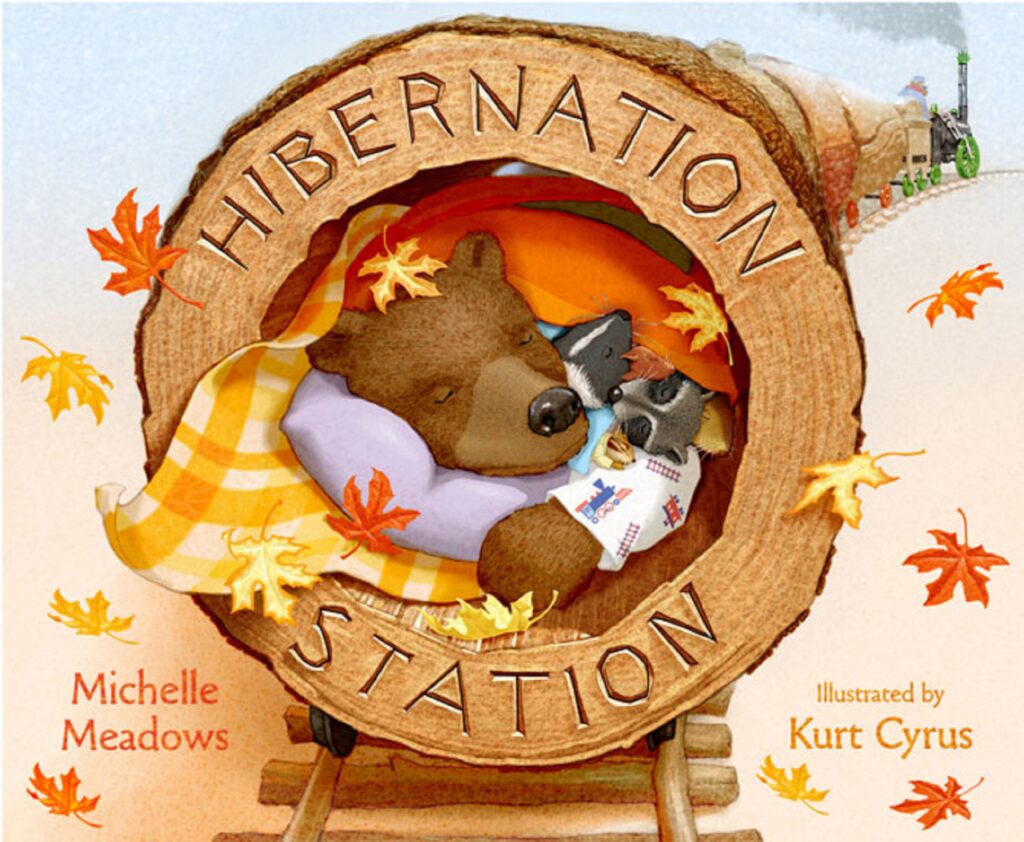
For another project, I wrote a young chapter book about a beetle with super powers. Several editors commented that the concept was fun and unique. This feedback let me know I was on to something. But as more and more time went by (and rejection letters piled up), my agent and I both knew my chapter book was not taking flight. But hold on – wait a minute: I had done a LOT of bug research! I couldn’t let it all go to waste. I wasn’t ready to put this one in the drawer. I love to reject rejection.
I took a step back, went for a younger approach, and turned my rejected beetle into a trio of stink bugs who save other insects from harm. SUPER BUGS to the rescue! In addition to creating a rhyming story, I added my favorite bug facts as back matter. I was thrilled when a Scholastic editor quickly embraced my new version. Illustrator Bill Mayer ended up running the bug facts on the endpapers in both the front and the back of the book.
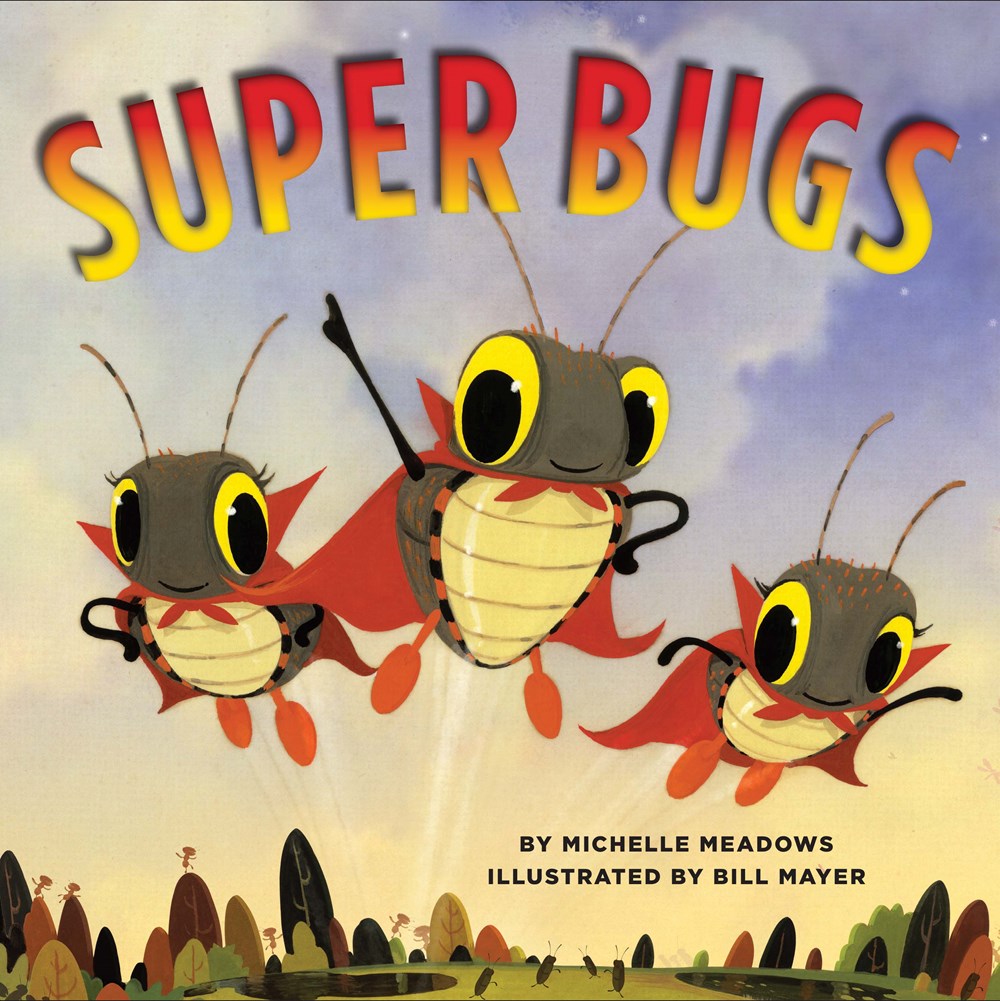
A manuscript transformation can happen in many ways, and it doesn’t always happen because of rejection. Transformation might include a change in character/s, plot, format, style, length, focus, audience….
For more examples of manuscript transformations, I checked in with my two favorite author Lizzes (This is a plural term for more than one Liz, but I might have made it up.)
Liz Garton Scanlon
Liz Garton Scanlon says that when she and Audrey Vernick teamed up to write a picture book in the epistolary form, they tried DEAR TOOTH FAIRY, DEAR DENTIST, and many other DEAR attempts. They shared a bunch of different drafts with editors, and their agent, Erin Murphy. But they had no takers.
I’m so glad Liz and Audrey didn’t give up. They eventually succeeded when they co-wrote DEAR SUBSTITUTE, which was published in 2018 and won numerous awards. The main character has to deal with a change in routine when substitute teacher Miss Pelly arrives.
Liz says, “It finally became clear that DEAR SUBSTITUTE was the ticket — child-centered, funny, relatable. And so that’s the one (thanks to editor Rotem Moscovitz and illustrator Chris Raschka) that sprang to life in the end.”
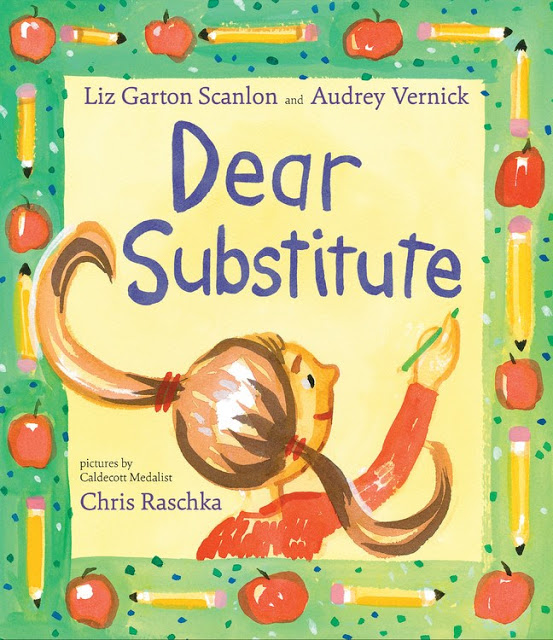
Liz Kessler
When Liz Kessler was living on a boat in England, she thought of a poem about a girl who lived with her mom on a boat and had a secret – she played with mermaids. Liz says, “One day I was sitting at home staring into space (a very important part of any writer’s life), and a couple of lines came into my head, which I quickly scribbled down…”
Liz thought maybe she had the seeds of a picture book. One of her author friends showed it to an editor, and the editor encouraged Liz to try turning the poem into a novel. Liz wrote one chapter and went on from there. She worked on the manuscript over time while in a degree program for creative writing. The result was her debut middle-grade novel for kids ages 8-12, THE TAIL OF EMILY WINDSNAP. When Emily goes into the water for her first swimming lesson, she discovers she turns into a mermaid.
Literary agent Catherine Clark placed the book with Orion, and Candlewick acquired rights to publish it in the United States. THE TAIL OF EMILY WINDSNAP was published in the United Kingdom in 2003, and there are nine swishy books in the series. The books have been translated into 25 languages and sold more than 5 million copies worldwide.
Original Cover
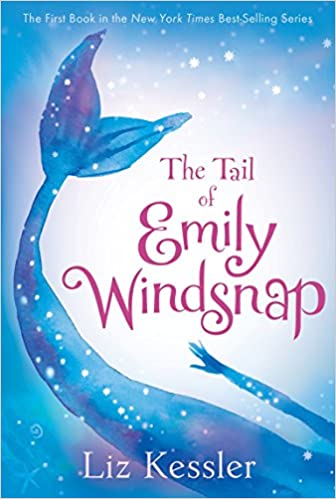
Updated Cover
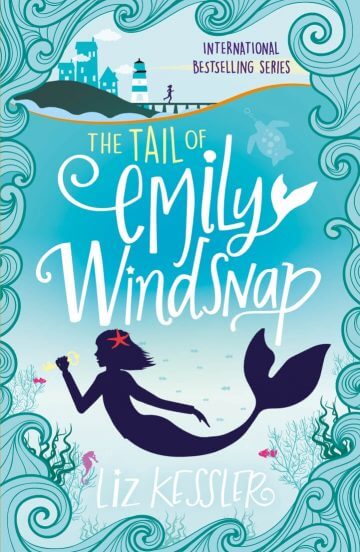
To the drawer? Not so fast!
I think book creators shouldn’t be so quick to put projects in the drawer. I know sometimes the drawer is unavoidable. I have things in the drawer for sure. But I always take time to seriously consider whether there is anything at all that can be saved, expanded on, revitalized, or rejuvenated in some way. And I never throw manuscripts away because I want to be able to open up the drawer any time.
I’m always thinking: Could this manuscript be transformed into something totally new that could catch an editor’s attention? Just maybe…
One thing is for sure. I love to imagine the possibilities!
Thanks for reading & see you next time!
-Michelle
P.S. Congrats to Rebecca Gardyn Levington for winning a copy of THE LOST PACKAGE from my last blog post!

Michelle,
Thank you for this inspiring post. I like the idea of rejecting rejection!
Thanks for reading, Dorothia!
I took this post to heart, Michelle. Thanks so much for writing it. I ? hibernating in pajamas too!
Hi Stacy! Have a wonderful weekend!
This is a fabulous post, Michelle! It’s really fun to hear about these specific examples of rejections transformed—I love your advice and ability to pivot. Thanks for sharing.
Thanks, Eliza! I like your term – “pivot”! Happy Friday!
Brilliant advice! I’ve experienced something similar. An old idea that didn’t sell gave me fodder for the book that became my debut which comes out on May 4th!
Thanks, Debra! Awesome about your debut – congrats!!
What a great post, Michelle. A positive spin on rejections and revisions. Thanks!
Thanks for reading, Dee!
Love your post, Michelle! And fantastic advice to never give up on those ideas placed upon your heart. “I love to imagine the possibilities!” Yes, indeed. Congratulations on your new books!!!
Thanks, Vijaya! Love how you put that – “never give uo on those ideas placed upon your heart.”
Thanks for the ideas and the inspiration to keep creating and imagining what our manuscripts can be!
Thanks for reading, Kim!
Great post, Michelle! Sometimes writer’s block can be broken or a troubled manuscript can be saved by looking into that “drawer” for inspiration and transformation. “Reject the rejection!” Thanks for the advice!
Thanks, Judy! Enjoy the weekend!
Thanks for the inspiration! I have so many languishing at this moment. Need to do a bit of thinking on how they could be transformed.
Yes! Go for it, Jilanne!
Thank you for getting us to think of the possibilities, to reimagine our manuscripts in the drawer, and reject rejection! Great post, Michelle!!
Thanks, Judy! Happy Friday!
Love this post, thank you!!
Hi Lynn! Have a nice weekend!
Totally agree, Michelle! “The drawer” is a treasure I’ve mined many times for story ideas. Many of my books morphed from manuscripts that stalled out and/or were rejected multiple times. I almost always start new projects by pulling out the old idea files. 🙂
Hi Linda! Hooray for old idea files!
Encouraging post, Michelle!! Thank you!
All those rejection letters are proof of trying.
Manuscript transformations are kind of magical. You never know what a piece of writing can become! And it’s all the possibilities that keep me so excited.
Thanks, Nicky! They are kind of magical! Have a great weekend!
Thanks for the ego boost, Michelle!
Happy Friday, Mary!
No wonder I love picture books. These covers are amazing. They pull me right in. And two rejections came today. Onward and upward!
Onward and upward is right! We keep on going!
Thank you for sharing your writing wisdom. Very insightful. Congrats on Hibernation Station! I, too, stare into space while writing…
Thanks, Sheri! Enjoy the weekend!
Thank you for this lovely inspiring post. Yes! Reject rejection.
This was a great post. Thanks
Thanks, Cindy! Enjoy the weekend!
Great post, Michelle, with wonderful advice. Don’t give up on a manuscript!
Thank you Michelle! Love the idea of not quite accepting rejection.. and recycling those manuscripts and/ or research!
Thank you for the advice about rejecting rejections and for the idea of revisiting what has been placed in the drawer. This was a very encouraging post.
Thanks for reading, Tarsia!
Oh, this is a great use of rejection letter feedback. I just received a rather detailed critique that I know will help me improve one of my favorite manuscripts. Thanks for sharing!
Hi Tina! Thank you and Happy Weekend!
Hi Angie! I love it when the critiques are detailed!
This was so inspirational. Thank you, Michelle!
“I love to reject rejection.” I am embracing this perspective. Thanks, Michelle!
Thank you for giving me ideas for transforming rejected manuscripts. It’s a matter of finding the right structure for each.
Love this! I’ve often turned poems into picture books or picture book ideas into poems, etc. You just gotta keep playing until you find the magic! Also, THANK YOU for sending me The Lost Package! I was so thrilled to have won the giveaway! Such a beautiful book. 🙂
Thanks for this post!! It encourages me!!
A new and wonderful idea. Reject rejections!
Thank you so much for this very positive way to view “rejections”, Michelle. I am going to take this to heart!
Michelle- this is such a positive, affirming post. Thank you! Just what I needed as I go through the stack of shelved manuscripts.